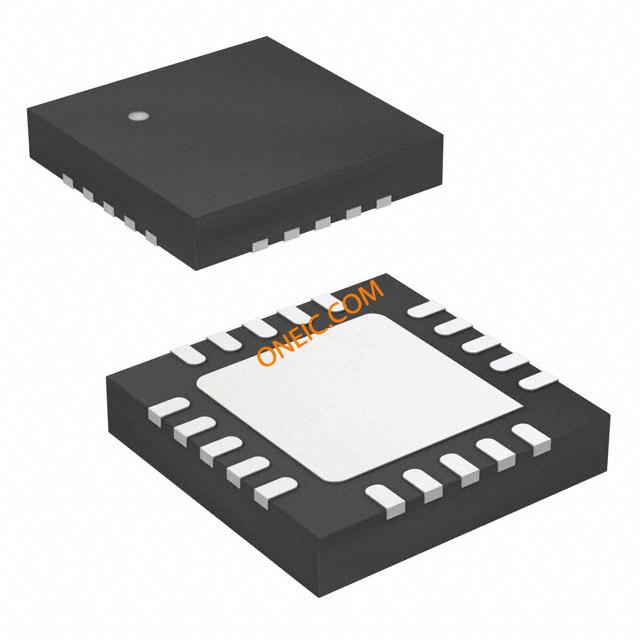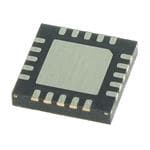ATTINY25-20MUR
8-bit microcontrollers with 2KB flash memory for versatile electronic designs
Manufacturer: ['microchip', 'atmel']
series introduction
# Introduction to the ATTINY25 - 20MUR Product Series
## 1. Overview
The ATTINY25 - 20MUR is a member of the highly regarded AVR® 8 - bit microcontroller family from Microchip Technology. This product series is specifically designed to offer a compact, efficient, and cost - effective solution for a wide range of embedded applications. With its advanced features and capabilities, it has become a popular choice among engineers and hobbyists alike.
## 2. Key Features
### 2.1. Microcontroller Core
- **AVR Architecture**: Based on the AVR RISC (Reduced Instruction Set Computer) architecture, the ATTINY25 - 20MUR provides a high - performance and low - power solution. It has a large number of general - purpose working registers, which allows for efficient execution of instructions. This architecture enables the microcontroller to perform complex tasks with relatively simple code, reducing development time and memory requirements.
- **High - Speed Operation**: The "20MUR" in the part number indicates that it can operate at a maximum clock frequency of 20 MHz. This high - speed operation makes it suitable for applications that require real - time processing, such as sensor data acquisition and control systems.
### 2.2. Memory
- **Flash Memory**: It comes with 2 KB of in - system self - programmable Flash memory. This non - volatile memory is used to store the program code. The in - system self - programming feature allows for easy firmware updates, even after the microcontroller is installed on a printed circuit board (PCB).
- **SRAM**: There is 128 bytes of Static Random - Access Memory (SRAM) available for data storage during program execution. This SRAM is used to hold variables, intermediate results, and stack data, providing the necessary workspace for the microcontroller to perform its tasks.
- **EEPROM**: The ATTINY25 - 20MUR also includes 128 bytes of Electrically Erasable Programmable Read - Only Memory (EEPROM). EEPROM is useful for storing critical data that needs to be retained even when the power is turned off, such as calibration values or user - configurable settings.
### 2.3. Peripherals
#### 2.3.1. I/O Ports
- It has a total of 6 general - purpose I/O pins. These pins can be configured as either input or output, allowing for easy interfacing with external devices such as sensors, actuators, and displays. The I/O pins can also be used for various communication protocols, such as SPI (Serial Peripheral Interface) and USI (Universal Serial Interface).
- The I/O pins support different drive strengths, which can be adjusted according to the requirements of the connected external devices. This flexibility ensures reliable communication and proper operation of the overall system.
#### 2.3.2. Timers/Counters
- The microcontroller is equipped with a 8 - bit Timer/Counter0 and a 16 - bit Timer/Counter1. These timers can be used for a variety of purposes, such as generating accurate time delays, measuring time intervals, and generating PWM (Pulse Width Modulation) signals.
- PWM signals are particularly useful for controlling the speed of motors, dimming LEDs, and other applications that require analog - like control using digital signals. The Timer/Counter1 can generate high - resolution PWM signals, which is beneficial for applications that demand precise control.
#### 2.3.3. Analog - to - Digital Converter (ADC)
- It features a 10 - bit successive - approximation ADC with up to 6 input channels. The ADC allows the microcontroller to convert analog signals from sensors (such as temperature sensors, light sensors
Images for reference

20-QFN; PC

Image Preview